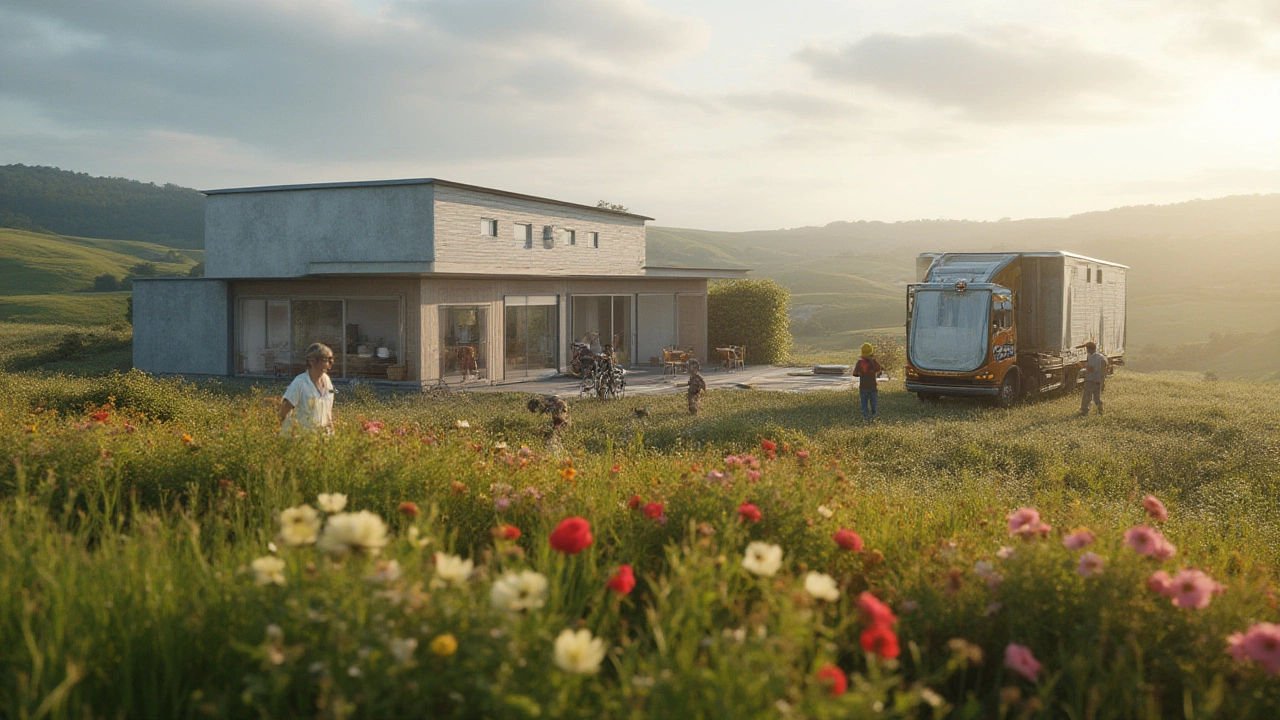
DIY homes – Simple ways to build, save, and live your way
Thinking about putting up a house yourself? You don’t need a huge budget or a team of architects. With the right plan, a few tools, and some know‑how, you can create a cozy home that fits your style and pocket. Below are the basics that will get you moving fast.
Start with a clear, cheap design
The first step is to sketch a simple floor plan. Keep the shape rectangular or square – these are the easiest to frame and cost the least on materials. Measure your lot, decide how many rooms you need, and mark where windows and doors will go. Use free online tools or even graph paper; the goal is to avoid surprise cuts later.
When you pick materials, think local and lightweight. For walls, consider timber framing with OSB sheathing – it’s cheap, strong, and easy to cut with a circular saw. If you’re after a greener vibe, look at engineered wood or reclaimed lumber. Both cut down on waste and can lower transport costs.
Budget‑friendly construction tricks
One of the biggest savings comes from doing the labour yourself. Recruit friends or family for a weekend crew and assign simple tasks: framing, drywall, or painting. Even if you’re a beginner, many videos walk you through each step, and you’ll learn faster by actually handling the tools.
Don’t forget to shop smart. Big‑box stores often have clearance bins for studs, sheathing, and flooring. Check local classifieds for leftover material from other builds – you can grab a pallet of tiles or a bundle of windows for a fraction of the price.
Insulation is another spot where you can save and stay green. Spray‑foam is pricey, but DIY-friendly fiberglass batts work well if you seal gaps around windows and doors. Adding a few extra inches of insulation in the attic can cut heating bills by up to 30%.
Finish the interior with affordable touches. Paint is cheap and transforms a room instantly. Look for paint‑and‑primer combos to reduce the number of coats. For flooring, consider laminate or vinyl planks – they’re durable, water‑resistant, and install over most existing subfloors without adhesives.
Finally, add some eco‑friendly upgrades. Low‑flow faucets, LED lighting, and a smart thermostat keep energy use low. These upgrades pay for themselves over a few years and make your DIY home greener.
Whether you aim for a tiny house, a modular build, or a small weekend cabin, the principles stay the same: plan simply, use local cheap materials, do the work yourself, and add smart, low‑cost upgrades. Follow these steps, and you’ll have a DIY home that’s comfortable, affordable, and truly yours.
